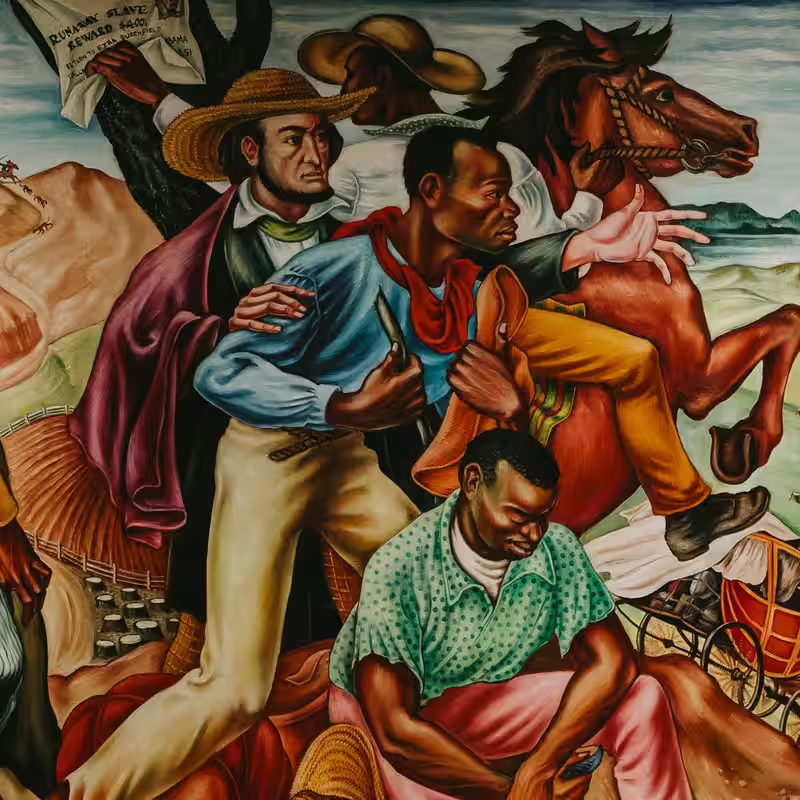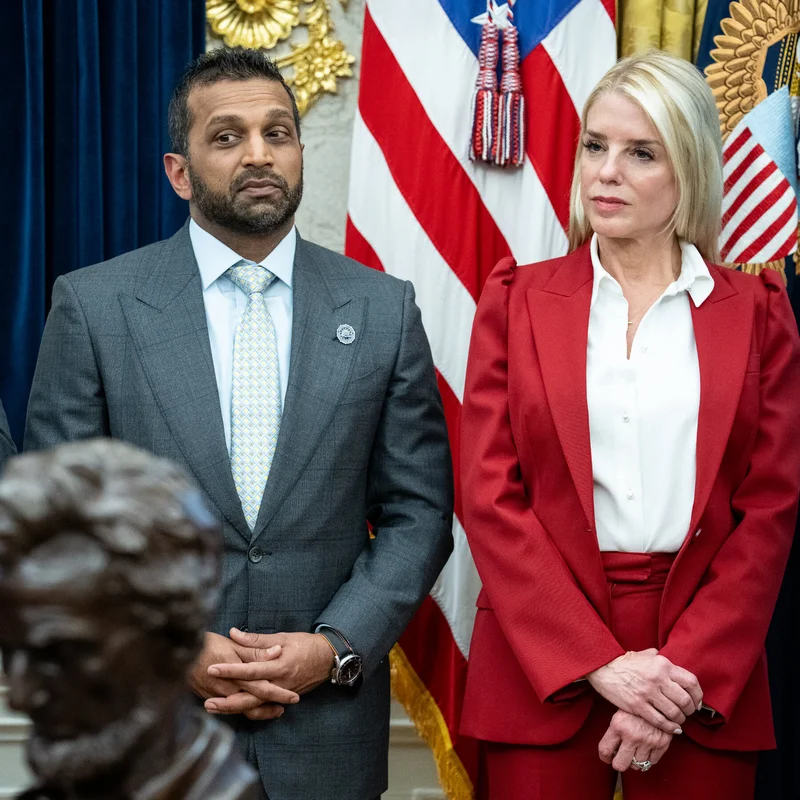Talladega College Sells Priceless Murals to Survive
In a heart-wrenching but strategic move, Talladega College—a historic Black institution in rural Alabama—has sold four of its six iconic Hale Woodruff murals to secure its financial future. The decision, driven by a dire budget crisis, has ignited a national conversation about legacy, survival, and the value of art in education.
Table of Contents
- The Financial Crisis Behind the Sale
- Who Was Hale Woodruff?
- What the Murals Depict
- How the Sale Was Structured
- Community and Expert Reactions
- What’s Next for Talladega College
The Financial Crisis Behind the Sale
By May 2024, Talladega College couldn’t meet payroll. With an endowment under $5 million and enrollment dropping from 1,291 students in 2020 to just 745 today, the historically Black college (HBCU) faced an existential threat. “We had to look at every asset that we have,” said Rica Lewis-Payton, board chair and a 1981 alumna.
The college’s most valuable asset? Six monumental murals painted by Hale Woodruff between 1939 and 1942—works widely regarded as among the greatest in American art history.
Who Was Hale Woodruff?
Hale Woodruff was a pioneering Black artist and educator who led the art department at Atlanta University. Inspired by Diego Rivera and American regionalist Thomas Hart Benton, he created the Talladega murals to commemorate pivotal moments in African American history, including the Amistad rebellion and the Underground Railroad.
Notably, Woodruff had never even heard of the Amistad saga before being commissioned—yet his research and artistic vision turned the forgotten episode into a visual epic.
What the Murals Depict
The six murals fall into two series:
- Amistad Series (3 murals): Depicting the 1839 uprising of enslaved Mende people aboard the Spanish schooner La Amistad, their trial in the U.S., and eventual return to Sierra Leone.
- Talladega Series (3 murals): Including the Underground Railroad, the college’s 1867 founding (with students paying tuition in livestock), and the construction of Savery Library by an integrated crew.
Art historian Barbara Haskell of the Whitney Museum called them “Woodruff’s crowning achievement, and among the best American murals.”
How the Sale Was Structured
To avoid repeating the legal battles that plagued Fisk University’s 2005 art sale, Talladega worked with consultant Nina del Rio to craft a unique agreement:
- The Amistad trilogy was jointly acquired by the Art Bridges Foundation and the Terra Foundation for American Art.
- The Underground Railroad mural was purchased by the Toledo Museum of Art.
- The two Talladega-specific murals remain on campus.
Crucially, all buyers agreed to:
- Permanently credit Talladega College in wall labels.
- Reunite all six murals at the college every 6–8 years.
The sale is estimated to bring in $20 million—though the exact figure remains undisclosed.
Community and Expert Reactions
Initial reactions were mixed. Michael Lomax, CEO of the United Negro College Fund (UNCF), admitted he was “aghast” at first. “It’s like giving up part of their soul,” he said. But after discussions with Lewis-Payton, he changed his view: “The theme of the Amistad murals is freedom. And this is allowing them to have financial freedom.”
Others praised the compromise. “This isn’t an erasure—it’s an expansion,” said Toledo Museum president Adam Levine. “These works will now reach millions who’d never visit rural Alabama.”
What’s Next for Talladega College
With new funds and a recent $5 million UNCF endowment boost, Talladega aims to reimagine liberal arts education. President Willie Todd envisions every student graduating with an internship, industry-aligned programs, and national accreditation—all requiring significant investment.
“The story isn’t being told,” Lewis-Payton said. “Now, it will be—on a global stage.”




